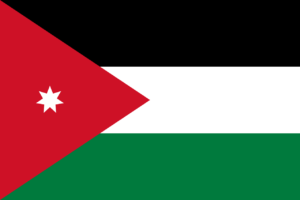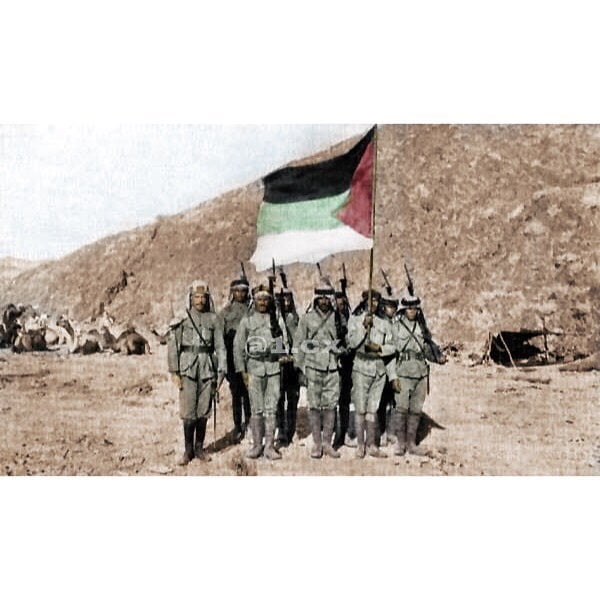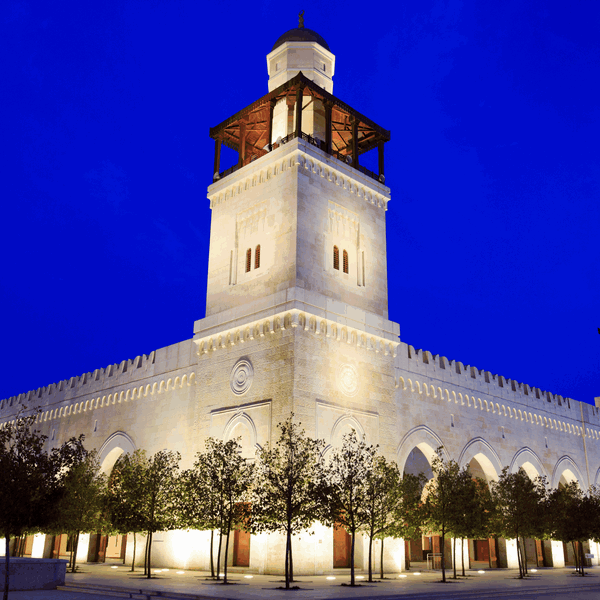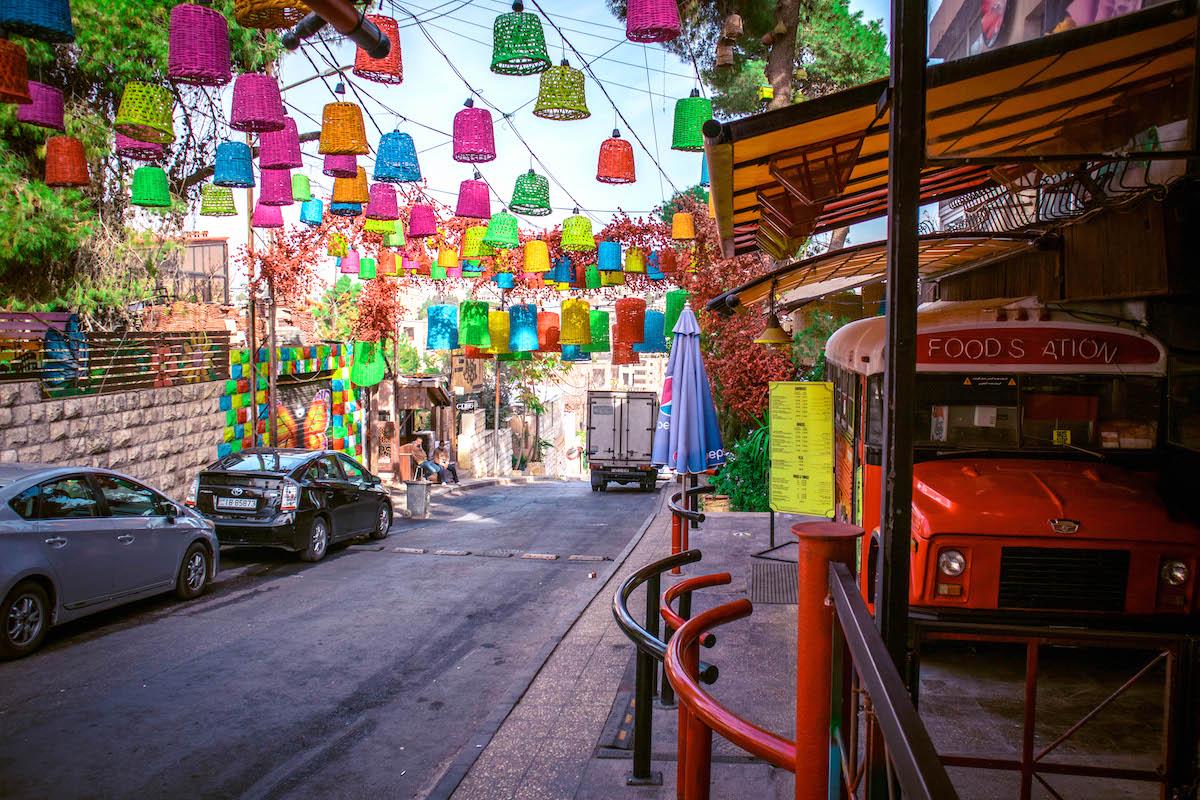The Flag of Jordan: Unveiling the Symbolism of Each Color
Introduction:
The flag of Jordan is a proud representation of the nation’s history, culture, and aspirations. Its unique design and colors hold deep meaning, reflecting the country’s rich heritage and its vision for the future. In this article, we delve into the symbolism of each color in the flag of Jordan, providing a fascinating glimpse into the nation’s identity.
The Red Triangle:
The Jordanian flag features a distinctive red triangle on the hoist side, pointing towards the fly end of the flag. This triangle represents the Great Arab Revolt, a significant event in Jordan’s history. The revolt, led by Sharif Hussein bin Ali during World War I, aimed to achieve Arab independence from the Ottoman Empire. The red triangle serves as a powerful reminder of Jordan’s struggle for freedom and its commitment to preserving its Arab identity.
The Black Band:
Running horizontally across the top of the flag is a broad black band. Black represents the Abbasid dynasty, which ruled during the Islamic Golden Age and made significant contributions to science, art, and culture. The color black symbolizes the nation’s commitment to knowledge, intellectual pursuits, and the importance of education. It serves as a tribute to Jordan’s historical role in promoting intellectual excellence and preserving Arab heritage.
The White Bands:
Flanking the black band are two smaller white bands. White symbolizes the Umayyad dynasty, an influential Islamic caliphate that succeeded the Abbasids. The Umayyad era marked a period of architectural brilliance, scientific advancements, and cultural exchange. The white bands on the flag reflect Jordan’s commitment to peace, stability, and its role as a center for interfaith dialogue and coexistence.
The Green:
The expansive green field of the flag represents the Hashemite dynasty, the ruling royal family of Jordan. Green holds great significance in Islamic tradition, symbolizing paradise, fertility, and hope. It embodies the country’s dedication to progress, development, and a prosperous future under the leadership of the Hashemite monarchy.
Conclusion:
The flag of Jordan encapsulates the nation’s history, values, and aspirations. Each color holds profound significance, highlighting Jordan’s struggle for independence, its contributions to Arab and Islamic civilization, its commitment to education and intellectual pursuits, and its vision of peace and progress. By understanding the symbolism embedded within the flag, we gain a deeper appreciation for the identity and spirit of the Jordanian people.
Why is Palestine flag similar to Jordan?


The flags of Palestine and Jordan share similarities because they both have historical and political connections. The flag of Palestine consists of three horizontal stripes of equal width: the top stripe is black, the middle stripe is white, and the bottom stripe is green. On the hoist side, there is a red triangle extending from the top to the bottom edge of the flag. Within the triangle, there is a five-pointed white star.
The flag of Jordan, on the other hand, also has a red triangle on the hoist side, which extends from the top to the bottom of the flag. Inside the triangle, there is a white seven-pointed star. The rest of the Jordanian flag is divided horizontally into two equal bands of black (top) and white (bottom).
The similarity between the flags of Palestine and Jordan is primarily due to their historical and political ties. Both territories were once part of the same region, known as the British Mandate for Palestine, which existed from 1920 to 1948. During this period, the area encompassed modern-day Israel, the West Bank, Gaza Strip, and Jordan. The flags’ resemblances can be traced back to this shared history.
After the British Mandate ended, Jordan gained its independence and adopted its flag, which retained some elements from the previous era. Meanwhile, the Palestinian flag was first introduced in the 1960s as a symbol of Palestinian nationalism and the desire for self-determination. It draws inspiration from the flags of neighboring Arab countries, including Jordan.
The similarities in the flags can be seen as a reflection of the historical and cultural bonds between the Palestinian and Jordanian people. While the flags share common elements, they also have distinct features that represent their respective national identities and aspirations.
The Flag of the Arab Revolution of Jordan: A Symbol of History and Unity in Aqaba

Introduction: The city of Aqaba, nestled on the shores of the Red Sea, is a place of historical significance and cultural diversity. Amidst its unique blend of modernity and tradition, one iconic symbol stands out prominently – the flag of the Arab Revolution of Jordan. This flag, with its rich history and symbolism, is proudly displayed throughout Aqaba, serving as a reminder of Jordan’s past struggles and its enduring commitment to unity and progress.
A Brief History: The flag of the Arab Revolution of Jordan has its roots in the early 20th century when Jordan was under Ottoman rule. During this time, the Arab world was undergoing a period of intense nationalism and resistance against foreign domination. It was in this backdrop that the flag was conceived as a symbol of defiance and unity.
The flag consists of three horizontal stripes: black, white, and green, with a red triangle on the hoist side. Each color carries its own significance. Black represents the Abbasid Caliphate, the White stands for the Umayyad Caliphate, and the Green symbolizes the Fatimid Caliphate. The red triangle signifies the Hashemite dynasty, a key player in Jordan’s history.
The Symbolism: The flag’s design encapsulates Jordan’s historical journey towards independence and its commitment to Arab heritage. The combination of these elements in one flag represents the nation’s deep connection with its past, its Arab identity, and its commitment to a united and prosperous future.
In Aqaba: Aqaba, as a crucial port city, is not only a hub of trade and tourism but also a center of cultural expression. Throughout the city, the flag of the Arab Revolution of Jordan is proudly displayed on government buildings, hotels, and public spaces. It serves as a reminder of Jordan’s rich history and its role in shaping the Arab world.
Local businesses and artisans in Aqaba have incorporated the flag’s design into various products, from traditional handicrafts to contemporary art pieces. Visitors to Aqaba often take home souvenirs adorned with this iconic flag, further cementing its significance in the city’s identity.
Unity and Progress: The flag of the Arab Revolution of Jordan serves as a unifying symbol in a nation known for its diverse ethnic and cultural makeup. It reflects Jordan’s commitment to progress, peace, and unity, while also honoring its historical roots. In Aqaba, this flag is a daily reminder of the values that underpin the city’s development and growth.
Conclusion: As we stroll through the vibrant streets of Aqaba, taking in the stunning views of the Red Sea, we are reminded of the enduring symbolism of the flag of the Arab Revolution of Jordan. It is not just a piece of cloth; it is a testament to the nation’s rich history, its commitment to Arab heritage, and its unwavering dedication to unity and progress. In Aqaba, this flag proudly waves as a symbol of hope and a brighter future, reflecting the city’s role as a beacon of culture, commerce, and history in Jordan




